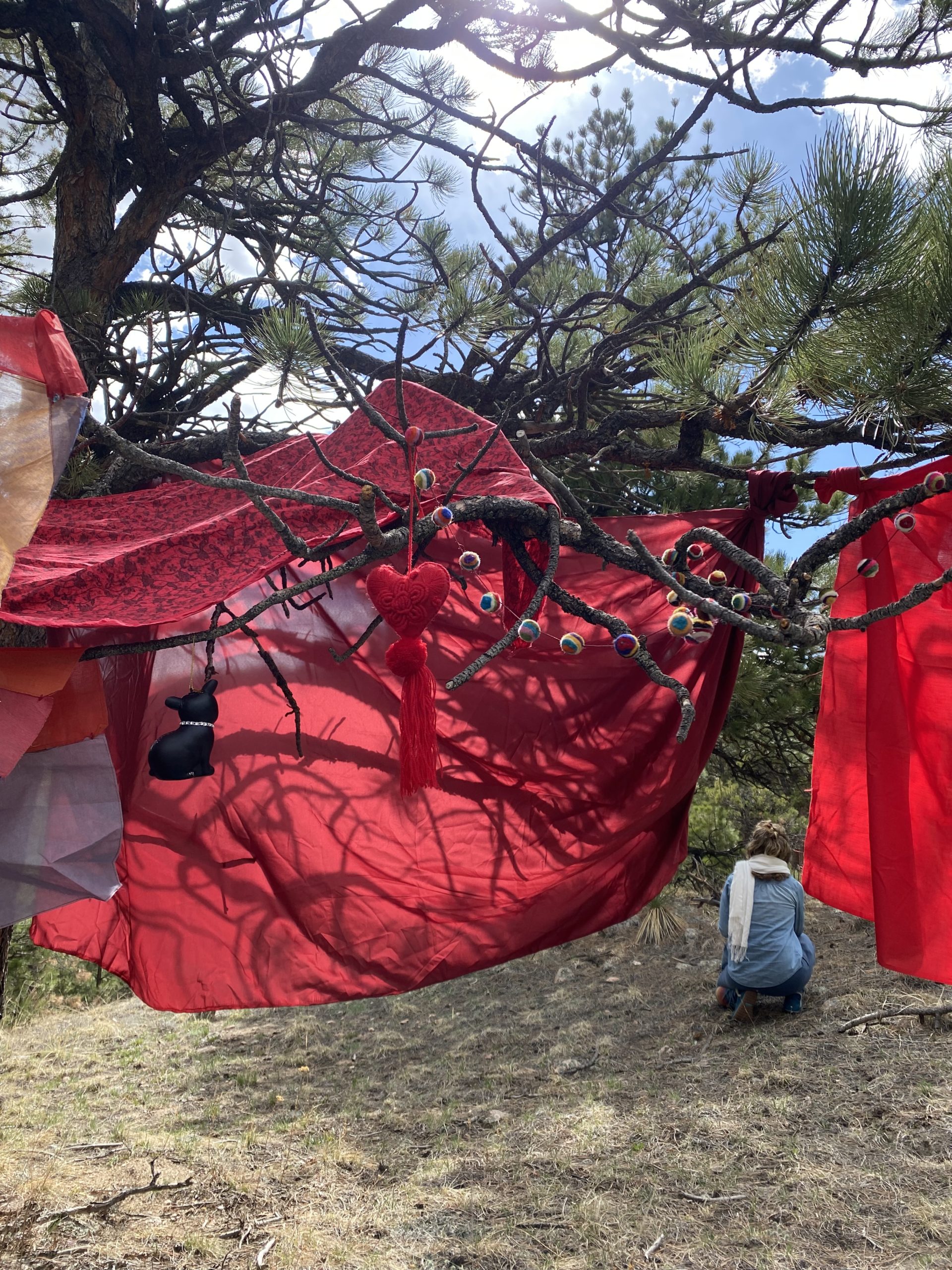It’s time to grieve in-person with each other, our ancestors and the land!
Join me and my friend Wendy Kaas as we hold the Dagara style grief ritual.When: Saturday April 29th, 2023.
Where: in the foothills near Boulder, Colorado.
Time: 11am-7pm.
Cost: to be determined but will be a sliding scale from about $60-125, with some of the proceeds going back to Sobonfu’s village in Dano, Burkina Faso. No one turned away for lack of funds.More details to come. We are so excited to share this sacred ritual with you all. Please reply if you’d like to register.
We’re also planning to do a 2-3 day grief ritual in October of 2023. More details to come soon about this. If anyone knows a retreat center where we could host this, please let me know. We’d need to be able to make noise and it’d be ideal to stay on the land together.

“Grief Ritual with Elder Malidoma Somé, October 2019”
I recently wrote a blog about keening and how it relates to grief ritual. See it here! In my research I found a great article by Shamanic Practitioner, Jane Burns, who wrote this about keening:
“But, not all of keening was melodic lament. Some of it was a cacophonous wailing or toning, shouting, crying and sobbing, often accompanied by the ban chaointe wrestling with the Death itself: beating her fists, tearing her garments, or throwing herself onto the earth or into the grave… The keening often protested the inability of the loved ones to join the deceased and was intended to extract the turbulent emotions of all those present. Tears of the mourners would often fall unbidden and sometimes without them even realizing it.”
To me this sounds very similar to what happens in the Dagara Grief ritual.
In my first grief ritual I did with Sobonfu Somé, I was like a race horse busting out of the gate; I ran to the grief altar to grieve. It was the only civilized and sane thing for me to do at at time where nothing made sense. It was the only place where I could let my feral grief out. At that time I was full of raw rage and releasing my anger was not only welcomed but encouraged as well.
You see, according to the Dagara, our grief is food for the ancestors and the more emotional we are, the more they can feel us.
Our grief supports our loved ones who are on the other side of the veil. So expressing our grief gives them the sustenance they need to make the journey and it continues to feed them once they reside in the ancestor world.
It also reminds me of Martin Prechtel’s work on grief. In his book, The Smell of Rain on Dust: Grief and Praise, he speaks about how our grief helps the departed one’s soul arrive to the land of the ancestors. If we don’t grieve for them, they don’t make it. This is one of the reasons why it’s so important to grieve. Not only does it help the new ancestor arrive, it also helps us, the ones left behind, to continue to access more life energy and joy.
As Sobonfu would say-we need to open up the pipes of grief to allow more access to the joy of living.
Our grief doesn’t have to be a death loss, as all grief needs to be processed. My grief wasn’t a death loss, yet so much in my life felt dead to me.
This grief ritual was modeled after the Dagara funeral rites. In his book called Ritual: Power, Healing and Community, Elder Malidoma Somé speaks to this. They modified this for Westerners to help us grieve.

“Beth drumming at her Cowry Shell Divination graduation”
|
